Monday Morning Update 10/15/12
From mmm: “Re: Allscripts vs. HHC. The whole $1.4 billion is set out in the board agenda. A very small portion of that is Epic software, training, and implementation itself, which came in LESS than Allscripts. Some of it is the maintenance of the software (Epic + InterSystems) over 15 (yes, 15) years. Another huge chunk must be allocated for conversion/interfacing with legacy systems and adding staff.” The September HHC board minutes explain the decision to drop QuadraMed CPR (executive turnover, minimal sales, low R&D, and insufficient functionality) with Epic. The 15-year cost analysis has Epic at $303 million vs. Allscripts at $299 million, with the complete Epic project expected to cost $1.4 billion over 15 years, including significant labor costs that include internal staff and keeping existing systems running during the transition. According to the HHC total cost of ownership analysis, it would have cost $1.278 billion just to keep 135 existing systems and implement 15 required new ones (Epic replaces 90 of those), so if HHC’s numbers are accurate, the switching cost is minimal. From the same document, the five original vendors being considered were Allscripts, Cerner, Epic, McKesson, and Siemens, with McKesson and Siemens voted out early. The minutes suggest that Epic was chosen because of a single inpatient-outpatient record, its track record as a financially strong and stable privately held company, and the percentage of its clients represented on the HIMSS EMRAM Stage 7 list.
From Limber Lob: “Re: extensibility of Epic. IT organizations need to develop software to gain competitive advantage. Academic health centers who are the first to figure out how to do this efficiently and safely with Epic will eat everyone else’s lunch.” Limber Lob is an informaticist – physician at one of those big medical centers and points out that Vonlay is offering services that include development on Cache’, Epic’s Web Services, and probably (but not stated) using Epic’s programming points to extend the applications. It’s early in the game since many of Epic’s customers are relatively new and working within the basic implementation, but it will be interesting to see whether Epic follows some of its competitors in declaring that it’s a platform upon which vendors are welcome to build value-added applications.
From The PACS Designer: “Re: network cleanup. Just as there’s spring cleanup each year at home, there needs to be a regular check and cleanup of network infrastructure wherever it may reside. With the FCC approving a new frequency spectrum for wireless patient monitoring systems, the time is right to make this the effort to improve network speeds and traffic management. The file sizes are also getting larger with each new system release from vendors, so networks can quickly be slowed during busy hours of the day. Also, if network equipment closets haven’t been check for several years, now is the time to upgrade those still working systems with the latest technology offerings for maximum possible throughput of data streams.”
From Radio Silence: “Re: IBM’s protest of the VA’s RTLS award. They probably wouldn’t have spent the entire $540 million anyway, but the options would be (a) reissue the bid, possibly after rewriting the RFP; (b) put the entire project on hold; or (c) split the pie differently so that all the parties agree not to fight the new decision. I would have bet on Option C, but with the political and budget variables they may invoke at least a modest delay.” The GAO accepted IBM’s protest of the award to HP Enterprise Services, saying that the VA’s assessment of the proposals relied on erroneous conclusions.
Thanks to Inga for covering during my vacation. She was one-for-two in her “exotic beach sipping umbrella drinks” guess as to my whereabouts. Correct about the beach, but not the umbrellas — they tend to poke your eye when you’re trying to sip from a bottle of local Central American beer, although Mrs. HIStalk seems to like them in the wildly colored concoctions she favors. I both enjoy and detest being forced to disconnect from the real world due to poor Internet connectivity. My inbox is bulging (some of those being of the impatient “Why haven’t you responded to the e-mail I sent you yesterday?” variety) and my HIT situational awareness is a week behind, so my priority is to catch back up on both. You can help by e-mailing all those rumors, news items, and fun items that I missed last week.
Three-fourths of poll respondents believe that those four Republican Congressmen who called for an immediate end to HITECH payments were motivated by politics rather than fiscal responsibility. New poll to your right: what’s the holdup on the widespread exchange of patient information? Feel free to use the poll’s comment function to argue your position or to choose a different answer.
Listening: the final album from the recently deceased blue-collar electric bluesman Michael “Iron Man” Burks, recommended by a reader. I’m usually indifferent to blues unless I’m listening to it live in a smoky bar with cheap beer, but he had a 70s-sounding gritty vocal, some wicked growling organ, and a searing rock-style guitar reminiscent of Robin Trower or Eric Clapton. He out-Hendrixes Hey, Joe on this live video. I’m playing him hard on Spotify given my appreciation for honest, non-computer enhanced musical craftsmanship.
I was intrigued by Inga’s mention that the Nashville Medical Mart project has been killed by its developer due to lack of leasing interest, apparently not salvageable even with its partner HIMSS cheerleading and announcing grandiose plans for its involvement going back to the heady HITECH days of 2010. HIMSS planned to place its Interoperability Showcase there, run special exhibits and conventions starting with the center’s grand opening in 2013, and create a “world showcase” for “one-stop procurement market for health information technology, equipment, and software” with up to 600 vendor showrooms on site. The developer blames the sluggish economy for their failure to sign tenants, a lame excuse given that the healthcare IT economy is booming even more than back in 2010. A similar project in Cleveland that’s struggling with the same problems (construction delays, few interested tenants) can at least say it has now no competition, which is similar to being the last front-line soldier who hasn’t surrendered or retreated. All that’s left in Nashville other than cancelled lease agreements is the overpromising vaporware video above.
The other big news item that caught my eye last week was Allscripts protesting New York HHC’s selection of Epic. Usually the protesting vendor at least claims some kind of procedural error or violation of rules, but Allscripts apparently is protesting only that Epic shouldn’t have been chosen because the bid from Allscripts was lower. That’s not exactly the case, according the the board meeting minutes I quoted above (Epic’s software cost was actually less, and the 15-year analysis was performed only for Epic, so there’s no good way to make an apples-to-apples comparison unless you work for HHC, as did the people who chose Epic for presumably sound reasons). Not to mention that software isn’t such a commodity that the lowest bidder automatically wins. The positive outcome for Allscripts would be that the decision is overturned and the bidding opened back up to give them a second chance. I can see quite a few negatives in the “lose the selection, file a protest” strategy:
- Winning the protest would require implementing a complex system in a notoriously problematic client who liked your competitor’s product better, which is a nice short-term boost but a long-term nightmare.
- Going to the press with the protest invites the hospital to do the same with their rebuttal, which HHC’s president has done (he said in the New York Times that Allscripts’ cost analysis is false, HHC’s choice of Epic turned out to be wise given the financial and management problems Allscripts has had since the decision was made, and Allscripts is just trying to buy time as they “scramble to get private equity firms to take them over,” not exactly the kind of PR you want from a prospect that has evaluated your company carefully over many months.)
- If the protest is denied, the protesting company risks losing quite a bit of credibility along with the deal.
- Most importantly, future prospects may balk at inviting a vendor to the table who has previously tried to go over the heads of hospitals that chose a competitor. I’ve only ever banned one company (SMS, now Siemens) from my hospital’s premises and it was for that reason – the rep whined to the board chair that the IT department was incompetent in choosing their competitor, which at the board chair’s insistence got both the rep and the company banned permanently from setting foot on hospital property.
Imprivata has assembled a nice collection of cartoons under the Funny Bones banner. Here’s the latest one.
An interesting demonstration of PEBMAC (Problem Exists Between Monitor And Chair): a physician classifies 90% of his patients as Albanian in his new EMR. Reason: it’s the first country listed alphabetically in the EMR’s Ethnicity pull-down menu.
Health Nuts Media has raised $19,000 of its $90,000 goal to develop The Best Asthma Education App in the World … Period. You get swell prizes if you chip in as little as $5 by October 31.
In Canada, hospitals in Saskatoon and Regina go live on bed tracking software from Allscripts, which I assume is the former Premise although it’s not specifically named.
In England, poor employee training is blamed for quality problems in several areas after the recent Cerner implementation at Royal Berkshire Hospital, including increased wait time for cancer diagnostic results and reduced venous thromboembolism performance.
Henry Schein, which offers the Dentrix dental practice management system, acquires a majority interest in Vancouver-based Exan, which sells software for dental schools and dental practices.
A San Francisco business publication names Kaiser EVP/CIO Phil Fasano as a potential candidate to replace retiring Chairman and CEO George Halvorson.
Former Concerro CEO Graham Barnes is named CEO of care coordination systems vendor HealthyCircles.
The entrepreneur who launched Epocrates and Doximity advises companies developing software for physicians to focus on solutions that, in order, (a) save them time; (b) make them money; and (c) improve the quality of care.
Vince wraps up the HIS-tory of QuadraMed with a timely piece on HDS Ulticare, then Per Se Patient1, then Misys CPR, and finally QuadraMed QCPR. A timely story as it turns out: QCPR is the system that New York HHC is replacing with Epic, at least assuming that the protest by Allscripts does not change the plan.
Cerner Health Conference Tweets and Photos
The official recap is here. There were very few attendee tweets and minimal comments from HIStalk readers, so here’s what I could find that was interesting.
thanks everybody #CHC12 for your incredible kindness & passion “@tgrdd: @farzad_onc Great message @chc 2012.You touched many lives today"
— Farzad Mostashari (@Farzad_ONC) October 11, 2012
Neal Patterson: Clients aren’t implementing St John sepsis program because they’re busy with other things which won’t save lives. #CHC12
— Craig Joseph (@CraigJoseph) October 9, 2012
It is not about the technology doing something that impacts quality, cost and speed, it is how you use the technology @farzad_onc #chc12
— Joe Bush (@joebush1) October 10, 2012
It’s not what you do that matters, it’s why you do it. -Simon Sinek. That’s why it’s not about IT, it’s about improving health care. #CHC12
— Brice Jewell (@bricejewell) October 7, 2012
Sponsor Updates
- Dodge Communications offers an October 16 Webinar on leveraging social media tools in conjunction with trade shows, with panelists Brian Ahier (Mid-Columbia Medical Center), Jennifer Dennard (Billian), and Cari McLean (HIMSS).
- An HCI article covers the Top Three Tips for a Successful Go-Live.
- Streamline Health adds Netsmart CEO Michael Valentine to its board.
Thanks to the following sponsors, new and renewing, that have recently supported HIStalk, HIStalk Practice, and HIStalk Mobile. Click a logo for more information.


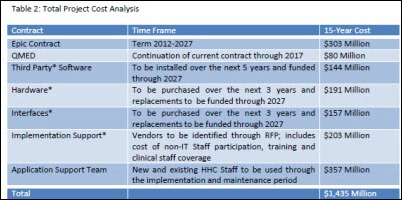



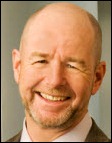

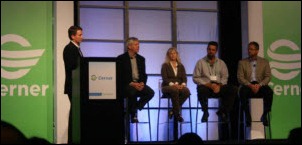

















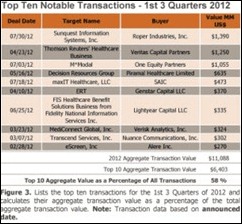




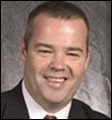


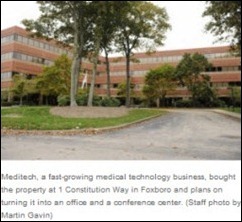






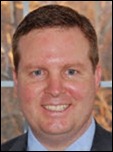
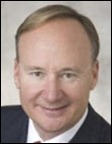
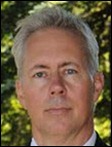

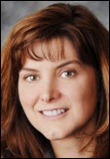
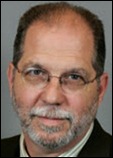
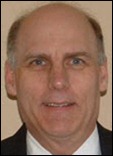










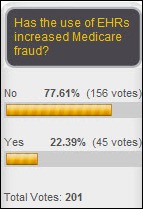
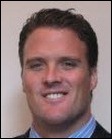
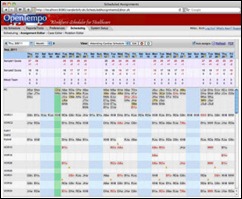




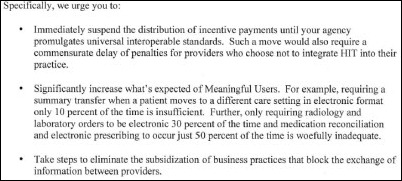

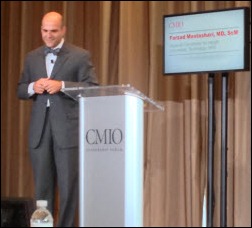
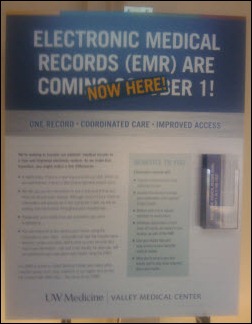



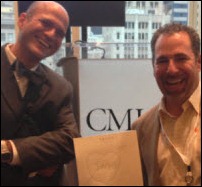
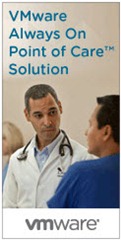

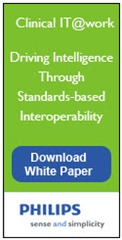


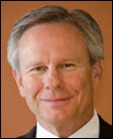
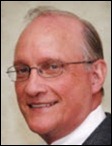
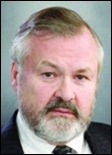

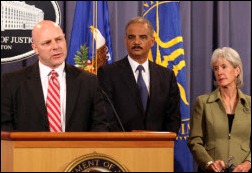
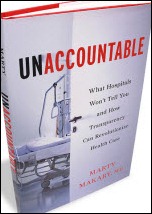


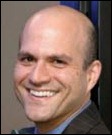


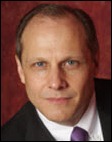


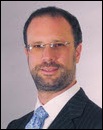
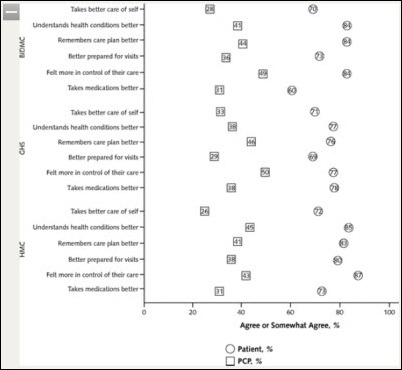
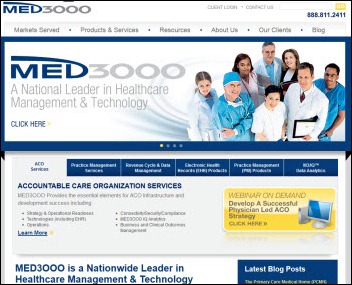


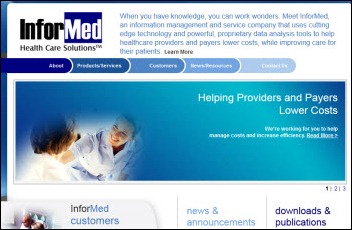
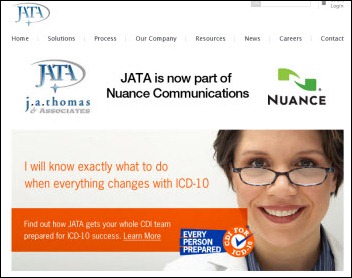

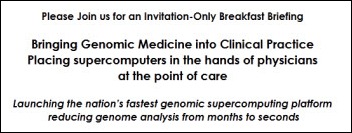




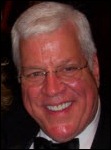
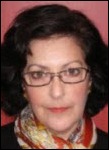
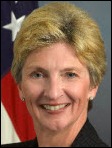
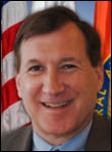
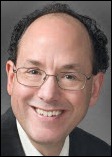



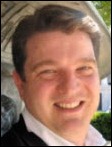





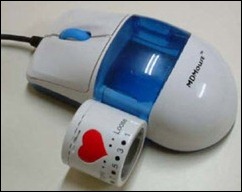


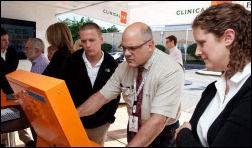



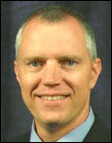




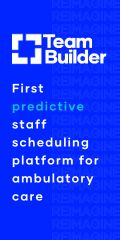
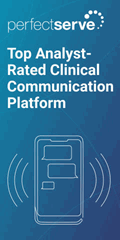

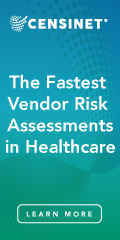
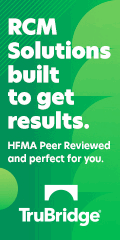




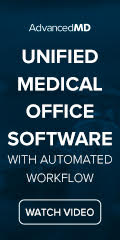


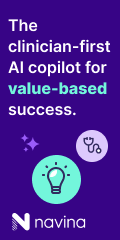






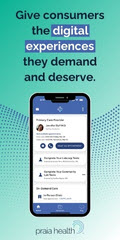











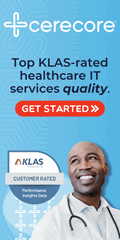
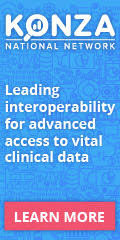
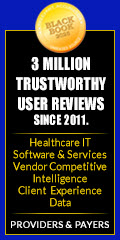

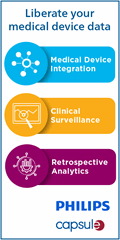

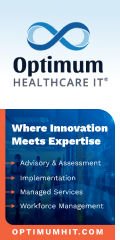

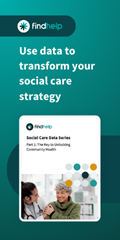

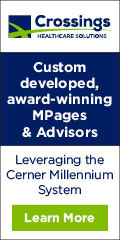










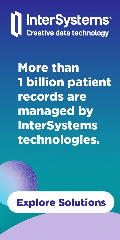

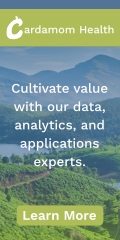
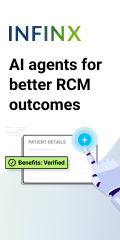
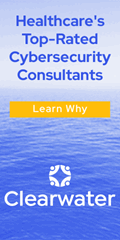





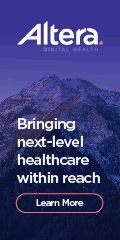

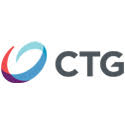
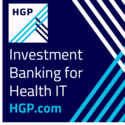

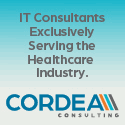
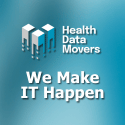





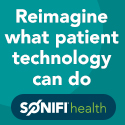
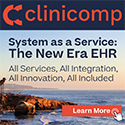


Cant you sue the F&B company for fraud if they said they paid you money but never did?